Checking the facts
I love this cartoon! It’s a great illustration of why Quentin’s Second Law can prove so challenging.
Regenerative amplification
When I take my foot off the accelerator in my electric car, the ‘regenerative braking’ process charges up the battery. Similarly if I’m going downhill. This is reasonably well-known now.
Well, I was talking to a friend today about his planned purchase of some high-tech hearing aids. They sound splendid, though they should do for the price. It would be cheaper to put two MacBook Pros in your ears… though perhaps a bit less comfortable.
Anyway, I was asking him about their battery life, and, pondering this topic later, I was thinking that you ought to be able to do something similarly clever there: if they use power to amplify things which are too quiet, could they also recharge their batteries by deadening things that are too loud? If you were out for a long day and they started to run down, you could simply head for a loud rock concert, or perhaps seek out a high-crime area and stand near some police sirens. Even if the recharging didn’t work very well, you wouldn’t be able to hear anything afterwards anyway, so you wouldn’t care.
Brilliant, eh? I’m off to the patent office…
What you need to know about 5G coverage
I once went to a talk by Ben Goldacre, in which he said he was going to get a T-shirt printed. This was because he seemed to be giving the same response to lots of questions recently, and it would be easier if people could just read the answer as they walked up to him. The text would say, “I think you’ll find it’s a bit more complicated than that.”
It was a throwaway comment, but I often think of it, most recently as the British mobile phone networks start rolling out 5G and (because they spent so much on licensing the spectrum) are being very energetic about telling us how wonderful it is.
Yes, 5G can be faster. Potentially much faster. That’s the main marketing push, of course: you can play games more interactively and watch higher-quality videos more quickly. Marketing people like simple numbers. Which is fine, but it’s just an incremental change to 4G, and many people, including me, find it hard to get very excited about that.
I’m far from being an expert on mobile networks, but I have some friends who are, and I’m slowly learning that there are lots of other aspects to consider. Here are a few lesser-known facts about 5G:
- First, it makes it easier to add large numbers of devices to the network, for Internet-of-things-type applications. If you’re a farmer deploying thousands of soil-humidity sensors across your fields, for example, or a council putting environment-monitoring sensors on every lamppost, 4G wouldn’t be a very viable way to do it. 5G might be, though whether it will really be an affordable one remains to be seen. It probably won’t compete with technologies like LoRaWAN and SigFox for these low-bandwidth applications, where you often want battery-powered devices with a battery life measured in years. But no doubt it will find a niche in due course.
- One of the more interesting characteristics, for me, is the potential for much lower-latency connections. When your phone asks, say, a DNS server for the address of ‘statusq.org’, the amount of data actually being transmitted is small, and won’t be affected much by a big increase in bandwidth. What’s important is the round -trip time, and 5G offers the potential for this to be much smaller. (If you just want to send a postcard and get a reply, it doesn’t matter how big the postal service’s van’s are, but it does matter how fast they drive them to the destination and back.) This will affect how natural your video calls feel, because you won’t be talking over each other so much. It may one day affect how quickly your autonomous vehicle knows that a car ahead of you has slammed on its brakes. But in the meantime it will also speed up much more trivial things, like how quickly your email program can check whether you have new email.
- There are several different bits of radio spectrum – three main ones – that can be used by 5G. This is actually really important, and ordinary users need to be educated about it. Why? Well, as a rough approximation, it’s a basic law that higher-frequency radio signals can transfer more information, but over shorter distances. In the UK, we currently use the middle chunk of 5G spectrum, which is a sensible compromise, but gives you neither the highest speeds, nor the biggest coverage. In some parts of the USA, they are able to use the highest frequencies already, which means you can find YouTube videos of people getting phenomenal data rates, but if you go out and spend a thousand quid on a 5G phone here, you’ll never match them. Not for the next few years, anyway. More importantly, in my opinion, there is a lower-frequency range (below 1Ghz) which will allow transmission over greater distances — which is good for coverage — but at lower speeds. Here’s the important thing: When this becomes available in the UK, it will allow the phone companies truthfully to claim substantial geographic 5G coverage. But it’s also important to note that connections in this spectrum will be slower than 4G. So if you are mostly (like me) in an area that hovers between 3G and 4G, and you hear that – hurrah! – 5G coverage is finally available in your area, you may be very excited and go and spend lots of money on a 5G phone, only to find that things get slower. You have been warned.
So, yes, 5G is generally a good thing, or will be in a couple of years. And it has key advantages other than just streaming Netflix in higher resolution.
But perhaps the best news, if your family and friends start asking you about it, is that Ben did actually go ahead and create those T-shirts.
Gardening philosophy
A man’s reach should exceed his grasp
Or what’s a hedgetrimmer extension handle for?
Accessoreyes
Today, for the first time ever, I’ve been wearing contact lenses. As a new user, I have to say, they’re a jolly impressive technology!
These are multifocal ones, which I hope may save me from the routine of putting on my reading glasses, taking them off, dropping them, picking them up, losing them, finding them, cleaning them etc, which I currently do several times an hour. We’ll see how well they work overall, but you know what was the very first benefit I noticed in the optician’s office? I could read my Apple Watch!
Such a cruel mistress is Fate, that the very moment that I was able to purchase this miracle of technology and strap it to my wrist was the same moment my eyesight deteriorated to the point where only things further away than the end of my arm could be viewed unaided. Since then, yes, I’ve been able to read big digits and press pause buttons, but most of the more detailed displays on the watch have had me reaching for my glasses, which does somewhat tarnish the high-tech coolness of it all. Sigh. Old computer-graphics geeks don’t die, they just lose their resolution.
Another problem I’d like to solve is that of seeing both my SatNav and the road. I don’t need glasses for driving. I do need them to read the dashboard. When I put them on, I can’t see the road. Ça, c’est un problême.
So is needing a spare hand for specs when I’m taking photos. I can use my camera’s viewfinder, which has a diopter correction, or the rear screen, which doesn’t. I often want to switch between these to get the best shot, but by the time I’m ready, the eagle has flown.
In a way, it would be easier if I needed to wear glasses all the time, rather then half the time. But my distance vision isn’t at all bad, and I tried varifocal glasses and they didn’t agree with me. So I hope these prove to be a success. My total contact-lens-wearing experience currently runs to about 6 hours, so it’s too early to say.
But they have at least allowed me to write this post without difficulty, and, perhaps more importantly, they have solved that problem whose critical importance for humans was first identified by Arthur Dent on a spaceship in the late seventies, and encountered by me in central Cambridge in 2015: “How am I going to operate my digital watch now?”
A top-down view
My friend Richard has done a lovely blog post showing some of his recent experiments with a spherical (‘360-degree’) camera. (Hint – you may need to pick your browser to make all of these work well, and the YouTube videos are best viewed in the YouTube app on a mobile device. Try dragging the view around with your mouse/finger.)
One clip that I particularly liked was this one, from the top of a punt pole.
Now, I had played with this new art of punt-pole photography some time ago, as a way of getting shots that would otherwise be tricky. (Remember, this was back in the days when, if you talked about drones, you were probably referring to bees.) And I’ve since played quite a bit with a spherical camera.
But I hadn’t thought of combining the two. Which is why it always pays to have friends who are smarter than you are…
The 360 camera I used for a while was on loan from the Computer Lab, and I’ve since returned it. But Richard’s post is definitely making me miss it… I may need to get another…
On the sunny side of the street
It’s hard not to feel warm fuzzy feelings about the small team who are producing the Lightyear One.
This is a new electric car which grew out of the team at Eindhoven who won the Solar Challenge a few years ago, and it’s interesting for a couple of reasons. First, they’ve focused on efficiency, meaning that the car travels much further on a kilowatt-hour than, say, a Tesla. And secondly, all the roughly-horizontal surfaces are covered in solar cells. This is a car that really can charge itself.
It doesn’t do it very fast, of course; we’re still a long way from just driving around on pure sunshine. It does have decent-sized batteries, and you can plug the car in and charge them just as you would on any other EV (and get a range of over 400 miles).
But, on a bright sunny day, the solar panels generate a bit more than a kilowatt. And because of its efficiency, that translates to about 7 miles of distance per hour of sunlight. That may not sound like much, but it’s roughly the rate you would accumulate miles from a standard 13A socket with a traditional EV.
And think of it this way: if you live in a sunny climate and park in the company car park for your eight-hour working day, it might well manage your trip home and back to the office again without you normally needing to plug in at home at all.
Yes, it’s expensive, and yes, it’s not production-ready for a year or two, and yes, most of us, even if we have that much cash, don’t have that much sunshine. But the key thing is that they’re making a car that is significantly more efficient, puts less load on the grid, and is, I think, rather beautiful.
I hope I may own a Lightyear one day. I’ll call mine ‘Buzz’.
The Digital What?
A good friend called me today, just to check I was OK, because I hadn’t posted on my blog for some time! He’s right — it’s been more than a month — but my radio silence is not because of any personal tragedy or illness, it’s just that I’ve had various other things going on and life hasn’t settled back into a rhythm yet!
The main change has been that I have a new job. The particular project I was working on at the University Computer Lab had come to a close, and I thought it might be good for me to have a change after six years as a Research Associate on various projects. I’m fortunate that Telemarq is not short of work, and so there wasn’t any immediate need for me to find another post, and I could just have done that full-time: there are definitely challenges when you have two half-time jobs and have to switch mental context every other day. But I do also find it valuable to put myself into new situations to make sure I keep learning from new challenges.
So for the last couple of weeks, I’ve been in a new post as the part-time, interim, Head of Engineering at the Digital Catapult.
The ‘part-time’ and ‘interim’ bits are because I decided I didn’t want to do a long-term London commute, and certainly not a full-time one. (I’ve been spoiled by living within walking or cycling distance of my work for most of the past thirty years.) But I offered to help out while they found somebody who wanted a permanent role, and, after a long search, they did finally find somebody good, so I had the slightly bizarre experience, on my first official day of work, of being told that they had just appointed my successor! He’ll be starting soon and we’ll overlap for a bit.
So what is this strangely-named Digital Catapult?
Well, a full explanation would be too long a story and you can read more about it here, but, briefly, it’s one way for the UK’s public funding bodies to allocate resources with the aim of boosting the UK economy, alongside such things as innovation grants for industry, and academic funding. There are several ‘Catapults’ with different foci – Transport, Future Cities, High-value Manufacturing etc. – and the Digital Catapult’s aim is to provide training, facilities, advice, consultancy, and so forth, to UK institutions to help them adopt the latest digital technologies. It employs around 120 people in the process, experts drawn from many different backgrounds and areas of expertise. I like working in unusual jobs and for unusual organisations, and I think this fits the bill!
The commuting is also an interesting exploration of how others live. I’m fortunate in not always having to take the peak-period trains, but it still astonishes me that so many people around here pay nearly £50 a day — about £10K a year — to travel to and from a crowded and polluted city, spending a couple of hours per day in a stuffy compartment, and regularly don’t even get a seat; today I sat on the floor in both directions. Perhaps you get inured to it after a while. In the meantime, the seat deprivation has happened often enough already that I’ve just ordered one of these to carry with me.
Don’t get me wrong, there are compensations: the people are mostly smart and interesting, the view from the office is great, and there are plenty of good cafes and lunch spots within an easy walk to ensure that this will have a detrimental effect on my waistline. And I’m learning a lot, which was, of course, the intention. So who knows, I may be there for a bit longer than originally intended if they find a suitable use for me.
In the meantime, that explains why, for the next few months at least, I can be found in the vicinity of the British Library on Mondays, Wednesdays and Thursdays. And why I haven’t been keeping up with the blog posts, though if I manage to find trains with seats, and even tables, I may manage one or two more…
Cambridge: an early-morning stroll
I was in town unusually early on Sunday morning. This is Rose’s college, St Catharine’s, just before dawn.
The river, just a few streets away, was unusually still.
Silver Street, because of the location of the coach-parking areas, is one of the first things that many tourists see. They don’t often see it looking like this, though!
At King’s College, only one chimney showed any signs of life.
Gradually, as things warmed, a brief mist appeared over the water.
But it soon cleared, as the sun rose a little higher, and started to reach the tops of the trees.
The garden at St Botolph’s was also looking beautiful:
The streets were quiet…
And I crept quietly away as the day was beginning.
The end of a long day
The Modern Lab Notebook
I’ve just uploaded my longest YouTube video yet!
Entitled The Modern Lab Notebook: Scientific computing with Jupyter and Python, it’s a two-and-a-quarter hour blockbuster! But you can think of it as three or four tutorial seminars rolled into one: no need to watch it in one sitting, and no need to watch it all! It starts with the basics, and builds up from there.
It’s intended for people who have some Python programming experience, but know little about the libraries that have become so popular recently in numerical analysis and data science. Or for people who may even have used them — pasted some code into a Jupyter notebook as part of a college exercise, say — but not really understood what was going on behind the scenes.
This is for you. I hope you find it useful!
Watch it full-screen, and turn the resolution up 🙂
Also available on Vimeo.
© Copyright Quentin Stafford-Fraser

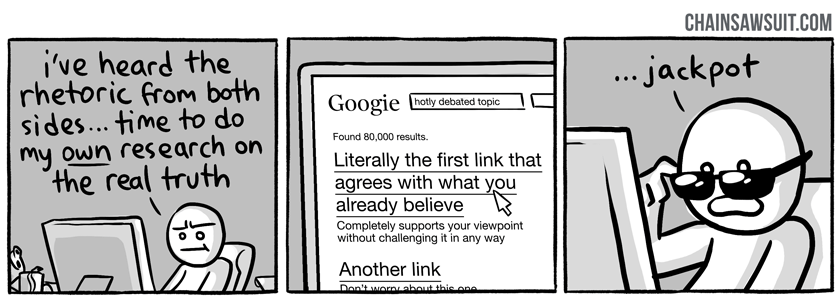
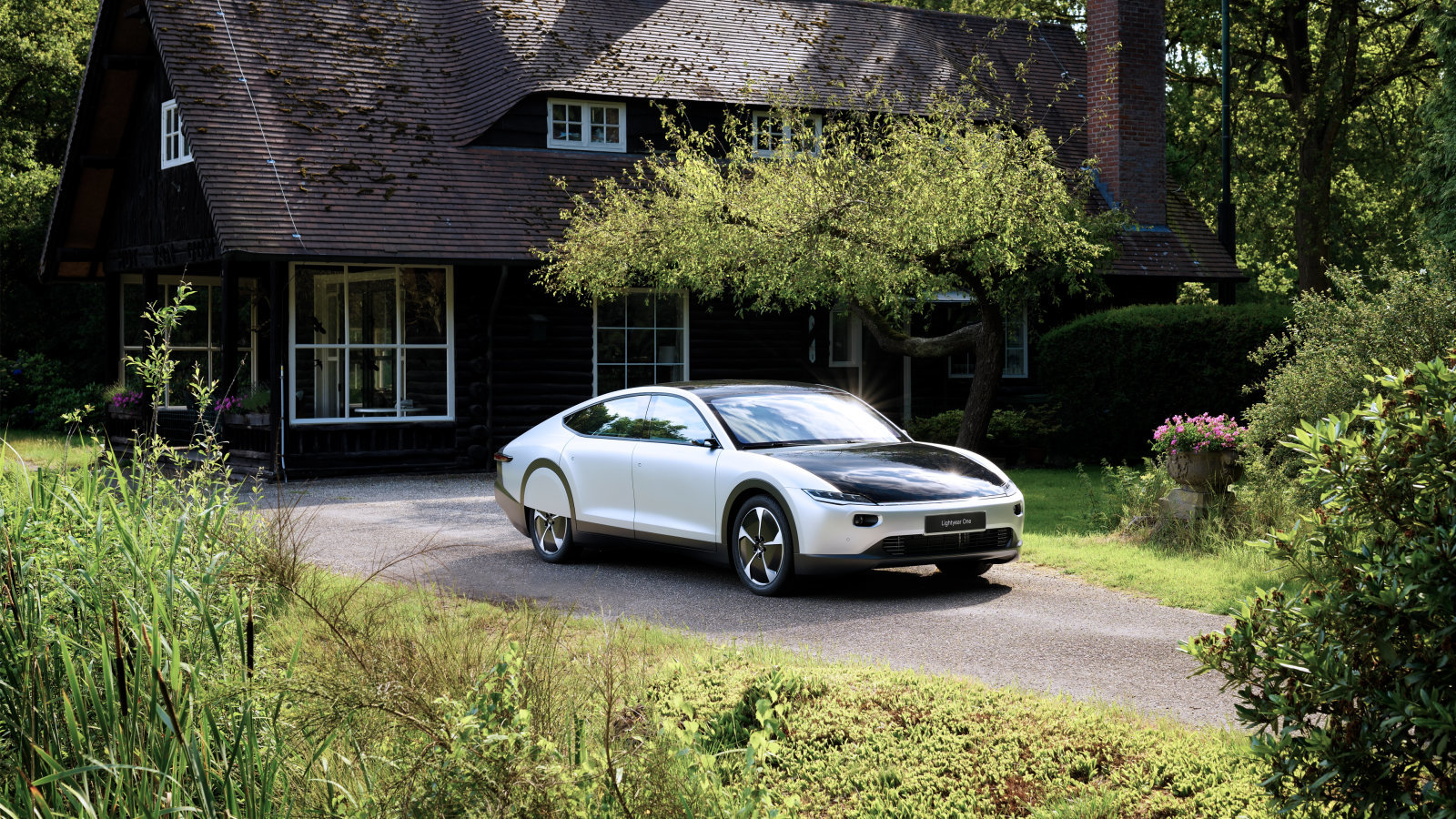


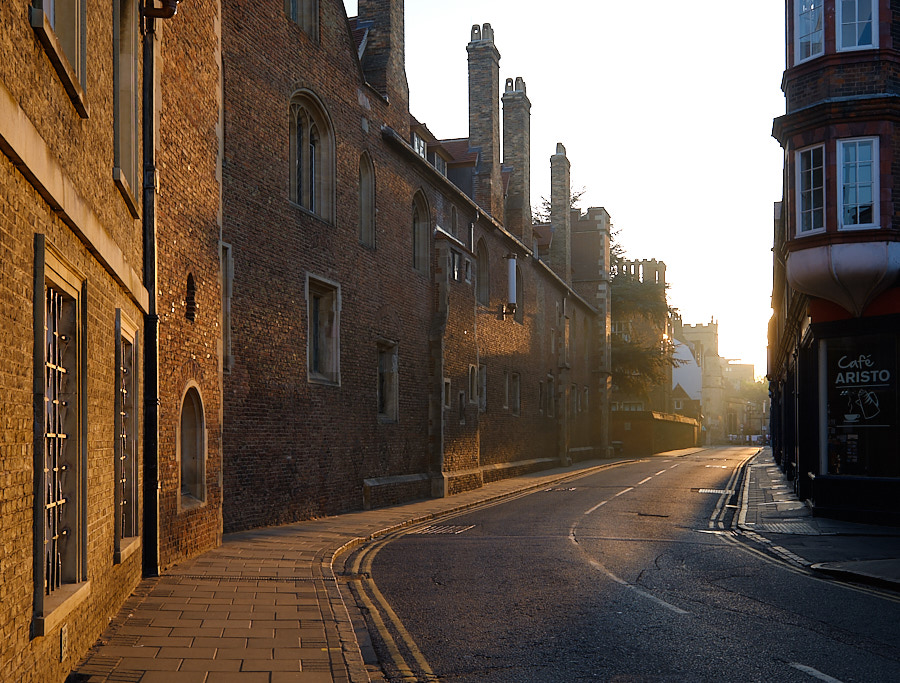



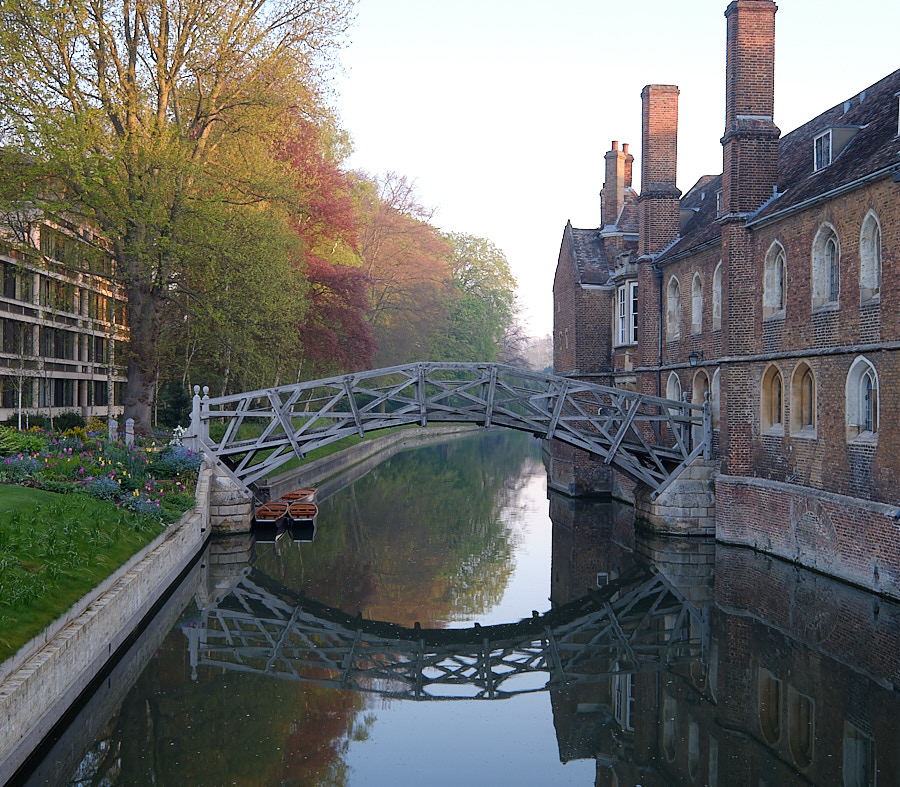
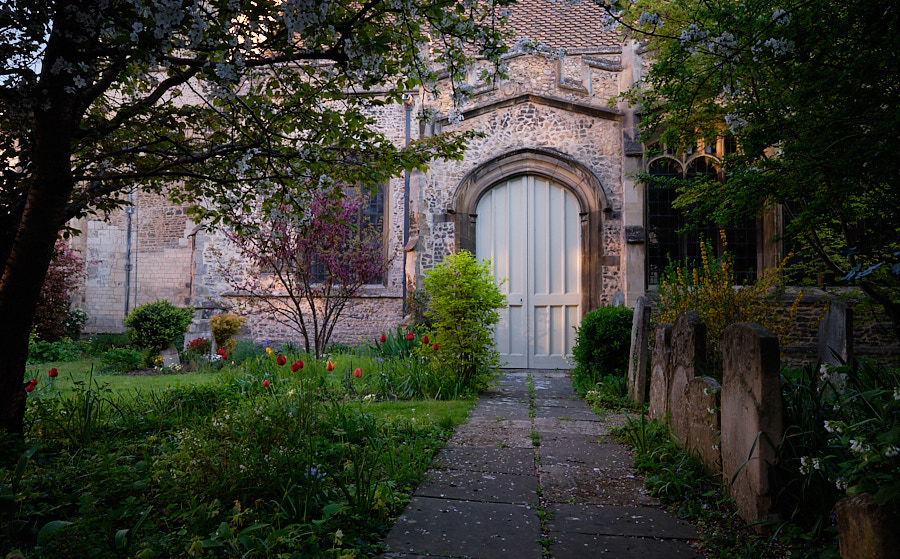
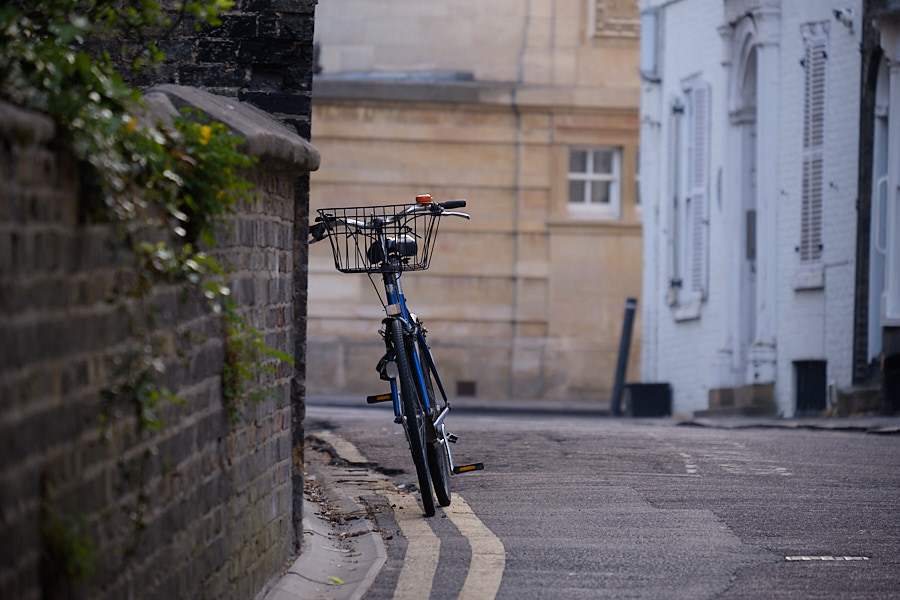
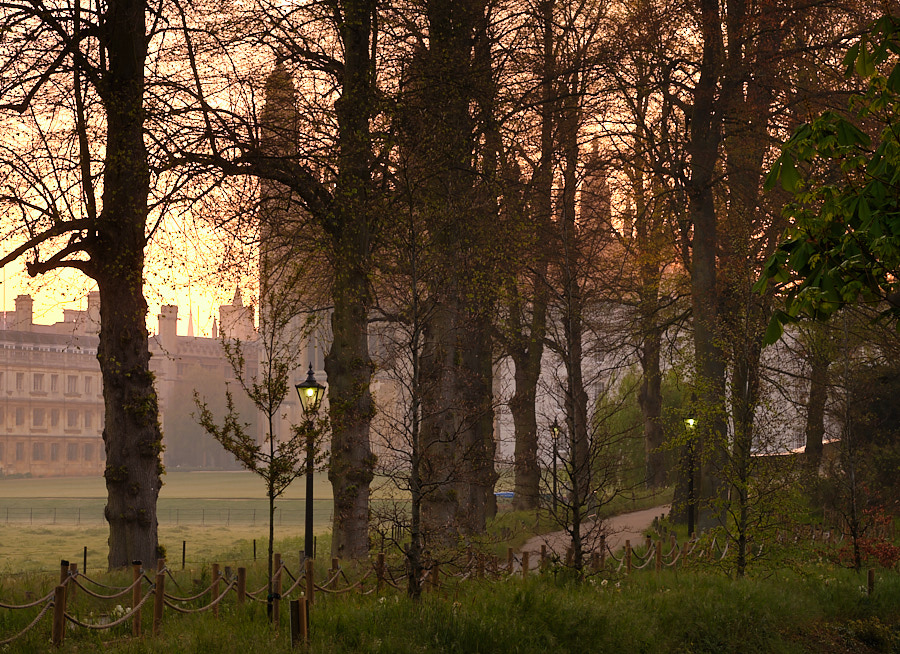
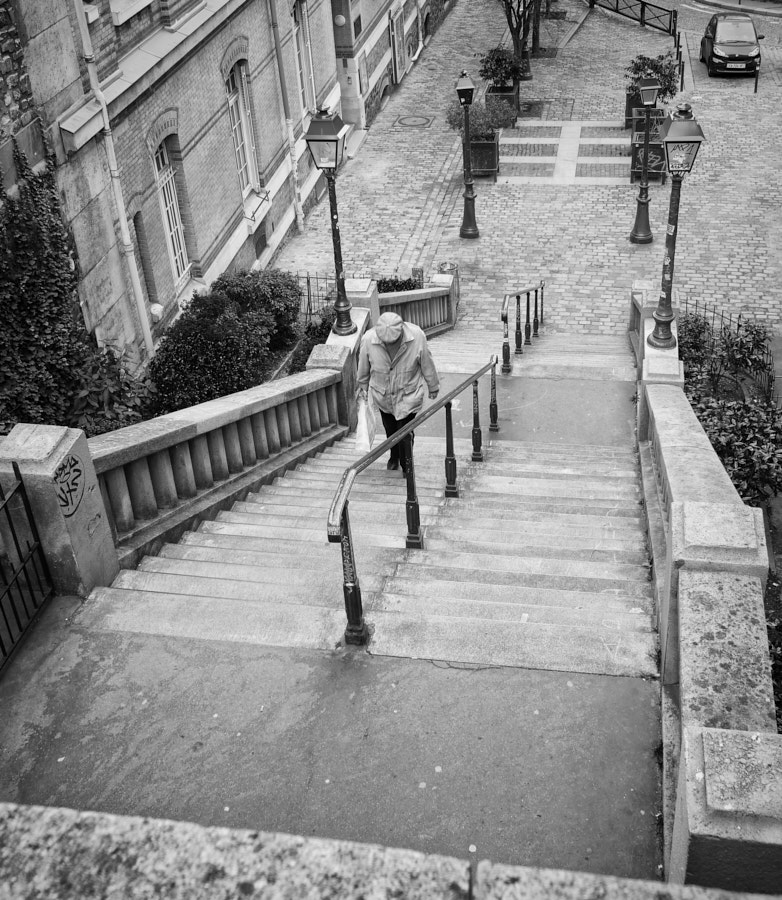
Recent Comments